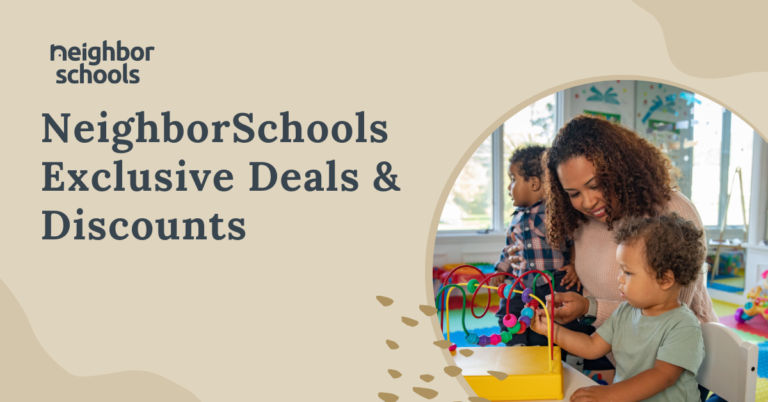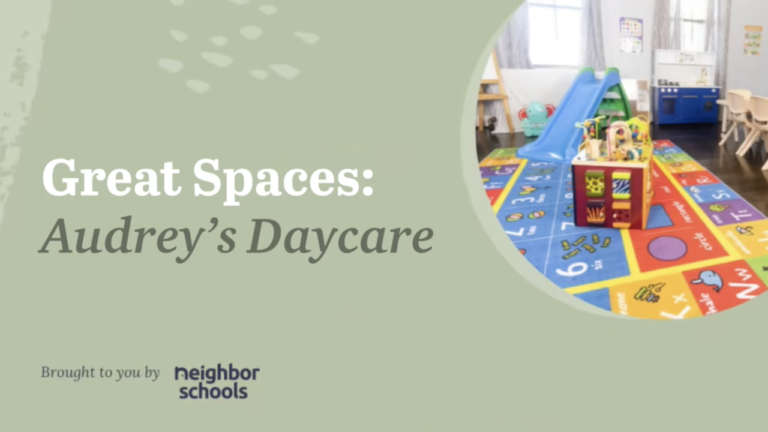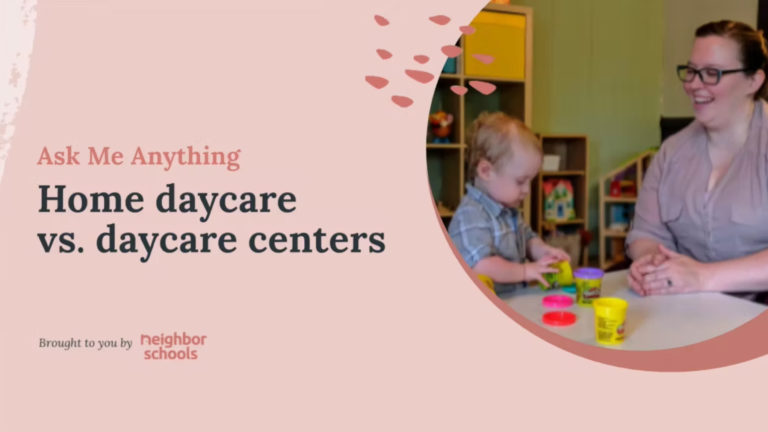Summer is here and it’s time to play outside. Whether you have private outdoor space or are taking the little ones to a park, outside activities can help toddlers learn new skills as they move and play in different ways. One of our favorite props for this is the humble scarf—and if you don’t have scarves or fabric scraps, grab some paper napkins and you’re good to go.
Read on for a list of fun early childhood learning activities that you can do outside using scarves.
Practice Tossing and Catching
Since scarves are lightweight and fall to the ground slowly, they’re great for practicing hand-eye coordination. Research shows that learning to toss and catch a scarf can help kids feel more confident and comfortable playing catch with a ball. Start out by throwing the scarf up and catching it as it falls. Then add on movements after tossing the scarf, such as clapping, spinning, or jumping.
You can also use the scarves to teach kids their right and left. Have them toss the scarf with one hand and catch it with the other, or work on tossing and catching with just their right or left hand.
Experience Pretend Play
Some pretend-play props are just too big to bring outside, so scarves are our go-to for getting the imagination going. The possibilities are endless: little ones can act like a butterfly with wings or use their scarf as a tail to become a horse; they can imagine they’re hula dancers with a swishy skirt or pretend to fly a kite. You can even use the scarves to act out scenes from a favorite book during outdoor storytime.


Learn Shapes and Counting
Invite the little ones to make shapes out of their scarf. For example, if the scarf is square, kids can learn to fold it in half to create a rectangle. Then fold the corners to turn the rectangle into a triangle. This is also a perfect activity to practice counting, because you can count the corners or sides of the shapes.
Make Patterns and Colors
See-through scarves are an excellent prop for learning about color theory. Just like kids do with paints, they can “mix” colors by layering different colored scarves on top of each other. You can also teach them pattern-making skills by placing the scarves into simple patterns or building a rainbow.
More Ideas from Our Community
NeighborSchools is home to hundreds of passionate childcare professionals and we love hearing their tips for running a successful home daycare program. Here are a few more ideas they’ve shared for incorporating scarves into outdoor play.
- Use the scarf to tap someone in a game of tag
- Hold one end of the scarf in each hand and do some gentle stretching
- Hide an object under the scarf and give hints so the others can guess what it is






